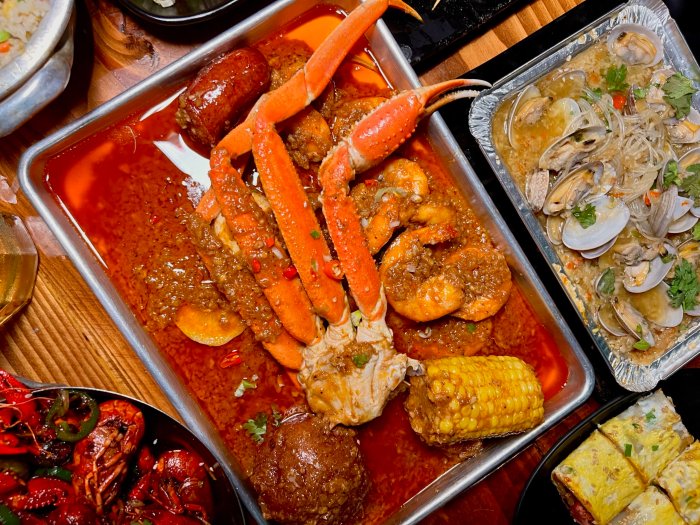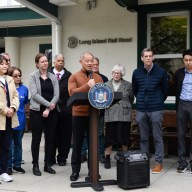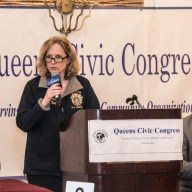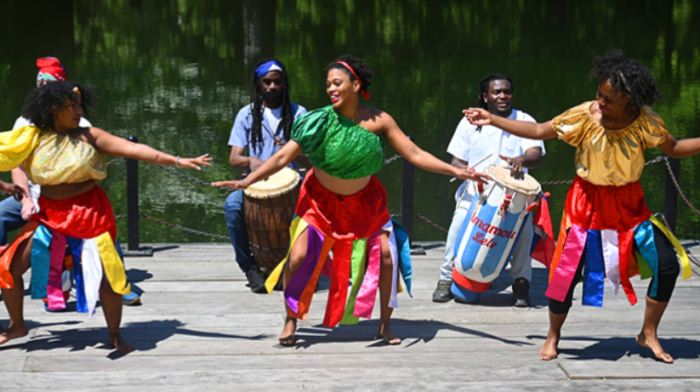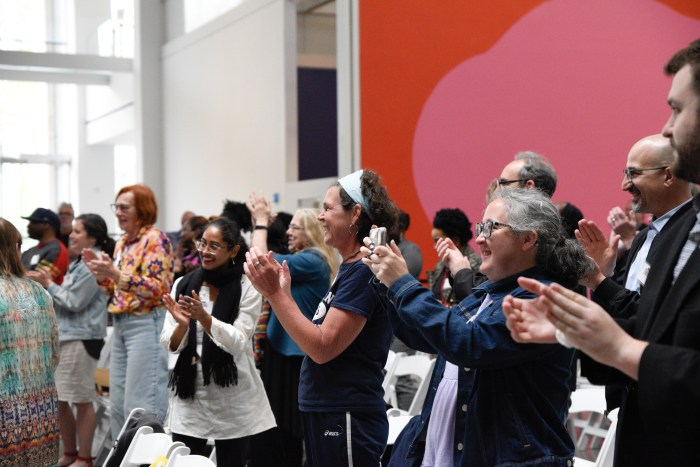By Merle Exit
A sort of sporting detente between the United States and China born in the early 1970s volleyed into Flushing Meadows Corona Park last weekend during the Queens Museum’s Ping Pong Mao Tournament.
In the midst of the current exhibition by artist Zhang Hongtu, “Long Live Chairman Mao,” the museum opted to hold a table tennis tournament utilizing an object from the show as the field.
Hongtu, who left China in 1982 and currently lives in Queens, created the piece, “Ping-Pong Mao,” by taking a standard pingpong table and cutting the silhouette of Mao Zedong into the playing surfaces on both sides of the net.
At last weekend’s tournament, players not only had to face a string of opponents, but they also had to keep the ball out of the cutaway area resembling the late Chinese leader.
The 16 contestants, both men and women, played a round-robin tournament leading to the final three-game battle between Charles Lin and Hiten Samtani.
Lin, 29, was crowned the champion and earned a $100 prize.
Both finalists received a copy of Tahl Leibovitz’s book, “Ping-Pong for Fighters.” Leibovitz, who served as referee for the event, is a Queens resident and recent inductee into the USA Table Tennis Hall of Fame.
Ping-Pong diplomacy dates from April 1971 when the American table tennis team went to Nagoya, Japan, for the world championship. While there, they received a surprise invitation from their Chinese colleagues to visit the People’s Republic of China.
No group of Americans had been invited to China since the communist takeover in 1949.
The following year, the Chinese table tennis team arrived in Detroit for a series of matches in 10 cities around the country.
Just before the final games at the museum, Tahl played a demo against Zhang, which appeared as the second Ping-Pong diplomacy.



